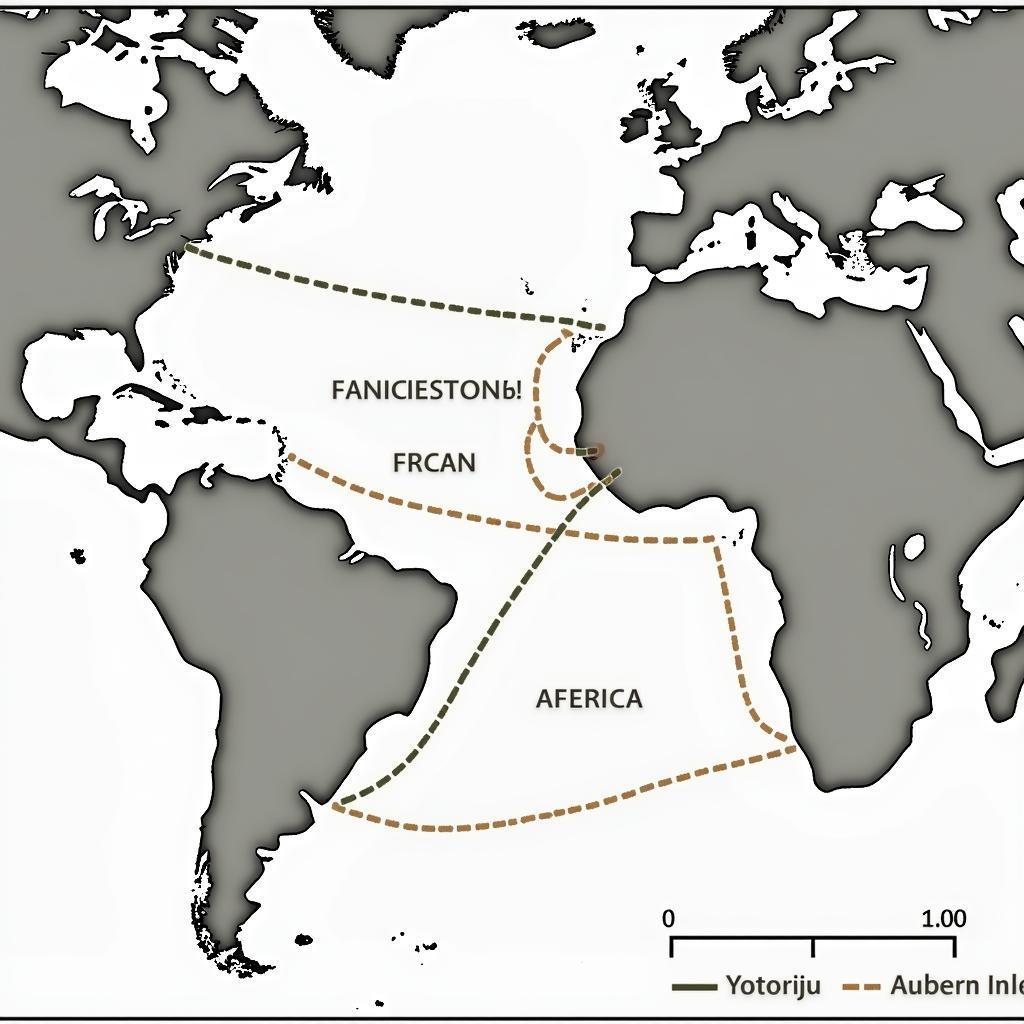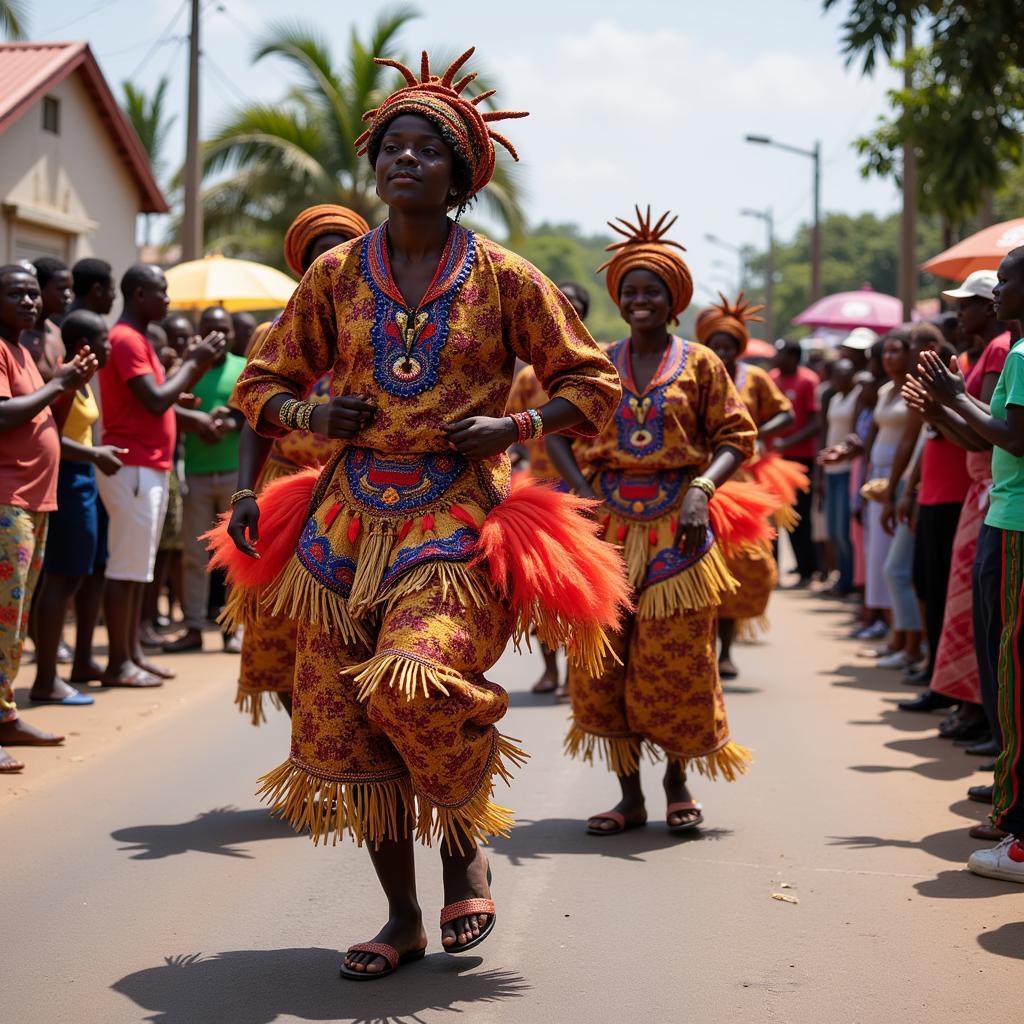Unraveling the African Diaspora Map: A Journey Through Time and Continents
The African Diaspora Map represents a complex and often heartbreaking history of movement and cultural exchange. It tells a story of forced migration, resilience, and the indelible mark left by African people across the globe. From the transatlantic slave trade to modern-day migration, this map paints a picture of how African heritage has shaped the world.
Mapping Centuries of Movement: From Forced Migration to Modern Diaspora
The African diaspora map isn’t confined to a single period. It spans centuries, reflecting diverse reasons for movement.
The Transatlantic Slave Trade: A Dark Chapter and its Lasting Impact
The most well-known, and arguably most impactful, migration depicted on the African diaspora map is the transatlantic slave trade. For over 400 years, millions of Africans were forcibly transported across the Atlantic, primarily to the Americas. This period profoundly impacted the cultural landscape of the Americas, with African traditions influencing music, food, language, and spiritual practices.
 Transatlantic Slave Trade Routes
Transatlantic Slave Trade Routes
Post-Slavery Migrations: Seeking New Beginnings
The abolishment of slavery didn’t signify the end of movement. Many people of African descent migrated within and beyond the Americas, seeking better opportunities and escaping prejudice. This period saw the growth of vibrant communities in Europe, the Caribbean, and within Africa itself.
Modern Diaspora: A Tapestry of Choice and Circumstance
Today, the African diaspora map continues to evolve. Economic factors, political instability, and the pursuit of education and opportunities drive migration patterns. From bustling metropolises to quiet corners of the world, African communities thrive, contributing to a global tapestry of culture and heritage.
Exploring the Significance of the African Diaspora Map
The African diaspora map is more than just a visual representation of migration; it’s a tool for understanding:
- Cultural Impact: From the rhythms of jazz to the flavors of Caribbean cuisine, the African diaspora has left an indelible mark on global culture. The map helps trace the roots of these influences, fostering appreciation for the interconnectedness of human experience.
- Historical Understanding: By studying the map, we gain a deeper understanding of the transatlantic slave trade’s lasting consequences, colonialism’s impact, and the ongoing struggles for equality faced by many people of African descent.
- Reconnection and Identity: For many individuals, the African diaspora map is a tool for tracing ancestry, connecting with lost heritage, and understanding their place in a global community.
 African Diaspora Cultural Influences
African Diaspora Cultural Influences
The African Diaspora Map: A Call to Action
While the African diaspora map reveals a history of resilience and adaptation, it also highlights ongoing challenges:
- Systemic Racism and Inequality: The legacy of slavery and colonialism continues to impact people of African descent globally, manifesting in systemic racism and disparities in various sectors.
- Cultural Preservation: As generations move and integrate, preserving cultural traditions becomes crucial. The map serves as a reminder to safeguard this rich heritage.
- Building Bridges of Understanding: The African diaspora map encourages dialogue and fosters cross-cultural understanding, crucial for building a more equitable and just world.
Conclusion: A Legacy Etched Across the Globe
The African diaspora map tells a story of forced displacement, cultural adaptation, and enduring legacy. By understanding the journeys depicted, we gain a deeper appreciation for the interconnectedness of our world and the contributions of African people across the globe. It’s a map that challenges us to confront historical injustices, celebrate cultural richness, and strive for a future where the African diaspora’s contributions are fully recognized and valued.

